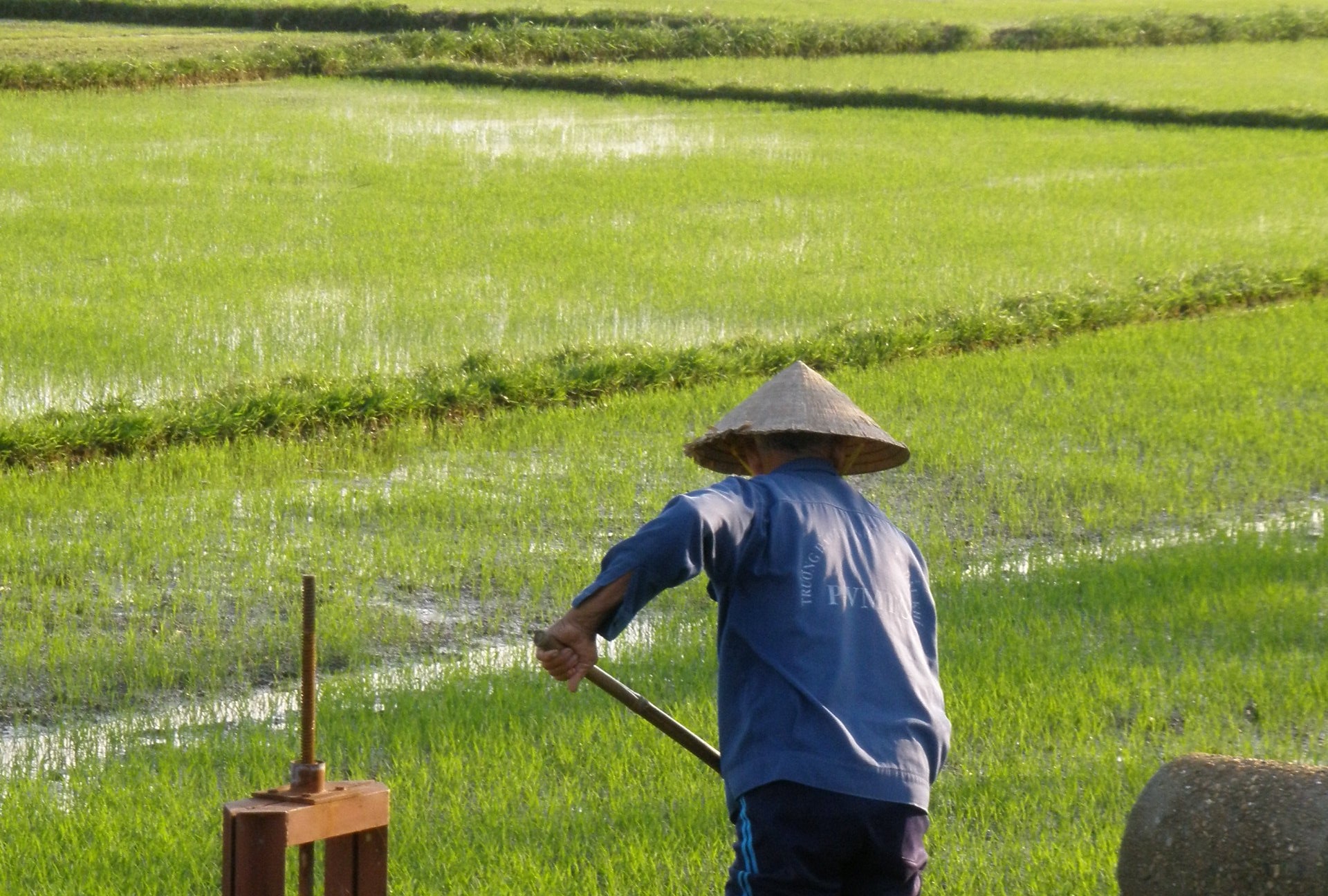Commentary by Johan Swinnen and Rob Vos, International Food Policy Research Institute
Originally published on ISPI’s website
Humanity has made tremendous strides in reducing poverty and food insecurity over the last decades. Agricultural productivity growth and the modernization of food systems have played an important part in this process. Yet there are several structural weaknesses and challenges for global food systems. Our food systems are unequal, unhealthy and unsustainable and the COVID-19 crisis has exposed these problems clearly. However, the COVID-19 pandemic has also demonstrated the power of private-sector innovations and effective policy responses to blunt the impact of major shocks while laying the groundwork for stronger, more resilient food systems for the future.
Future food systems must radically change. They need to change because of four core failures: they are wasteful and vulnerable to climate change while destructive to the environment, poor diets are bad for human health, and billions of people who depend on food systems do not get decent livelihoods.
After decades of progress towards ending hunger by 2030, food insecurity and hunger are on the rise again since 2014. 650 million people go to bed hungry very day. Over 3 billion people are unable to afford healthy diets and suffer from micronutrient deficiency. Overweight and obesity are on the rise in all parts of the world caused in good part by overconsumption of meats and unhealthy processed convenience foods associated with urban, sedentary lifestyles, higher incomes, and eagerness of food businesses to cater for such dietary preferences. The top two global health risks are directly food-related.
Food production is responsible for about a quarter of all greenhouse gas emissions and, hence, a major driver of climate change. In addition, agriculture occupies more than a third of the Earth’s land surface and has led to reductions in forest cover and loss of biodiversity. Farming uses more than two-thirds of all freshwater resources, and the over-application of fertilizers in some regions has led to “dead zones” in oceans. Conversely, farm systems are highly vulnerable to degraded natural resources and to an increasingly volatile climate. Climatic shocks are a key driver behind the recent surge in rates of undernourishment. Without action, climate change will impact nutrition through decreased food quantity and access, decreased dietary diversity, and decreased food nutritional content.
Despite its enormous capacity to innovate and improve efficiency, an estimated one-third of food destined for human consumption is either lost during production and delivery processes or wasted at the retail, food service or household level. This loss of production for human consumption also constitutes a massive waste of resources and puts unnecessary pressure on the environment.
The agri-food sector at large—stretching from the farm and input providers to distributors, traders, processors, retailers, and food service providers—is a main source of income defining the livelihoods for billions. It generates about one-fifth of global GDP, an economic weight of approximately US$ 15-17 trillion. It is arguably also the main source of employment worldwide. Yet, most of the 500 million smallholder farmers see low returns to their operations providing poor livelihoods for the over 2 billion people depending on those farm incomes. Also, for wage earners, food sector jobs tend to be poorly paid and insecure.
Modernizing food systems and globalizing value chains offer opportunities but also create challenges and barriers for smallholders and small- and medium-scale agri-food businesses and service providers in developing countries. Poor access to market information, roads, storage, logistics, finance, and digital services are examples of the hurdles they face. Meeting product standards, including proprietary and national standards pose additional challenges. These constraints not only affect the efficiency of food supply chains (and hence the affordability of food) but are also limiting employment and income generation through food systems, as well as the resilience of food systems to major disruptions such as those caused by the present pandemic and more frequent and intense weather shocks that come with climate change.
COVID-19 magnified the structural weaknesses of current food systems outlined above but also demonstrated the food system’s potential resilience and capacity in responding to shocks such as the pandemic. This suggests there are major opportunities to change for the better. The responses highlighted the benefits of investments and policies that have created an enabling environment for private sector innovation, with flexible markets and appropriate infrastructure, and of sound policy systems that are able to respond quickly and nimbly.
Food systems consist of a complex web of markets and actors with different needs and interests. Amidst its complexity, changing behaviours for fundamental change that benignly balances private interests and needs of producers and consumers with long-term societal goals of promoting human and planetary health by simultaneously fighting climate change, hunger, poverty, and social exclusion. Yet, COVID-19, like other crises, has triggered reactions from governments, the private sector, farmers, consumers, and the international development community, many of whom altered their roles, operations, and behaviours in ways that were previously constrained by a variety of political, social, technical, and economic barriers. This normalization of out-of-the-box approaches has fundamentally changed thinking about the potential of food system transformation, making this the right time for the deep changes that are needed. Upcoming global summits (including the UNFSS, COP26, and the Nutrition for Growth Summit) have put food system transformation prominently on the development agenda and the new thinking that is emanating in the lead up to those events has the potential to be catalytic. However, the real transformation must occur in regions, countries, and communities through policies, consumer behaviour, farm and food business investments, and actions that adapt and build on past successes and truly address fundamental weaknesses. We know what the challenges are. Finding the right solutions will require continuous and careful research and analysis to identify the levers and measures that can effectively catalyze food system transformation and provide the necessary evidence to show that inclusive and sustainable food system transformation is not only badly needed, but also feasible.
